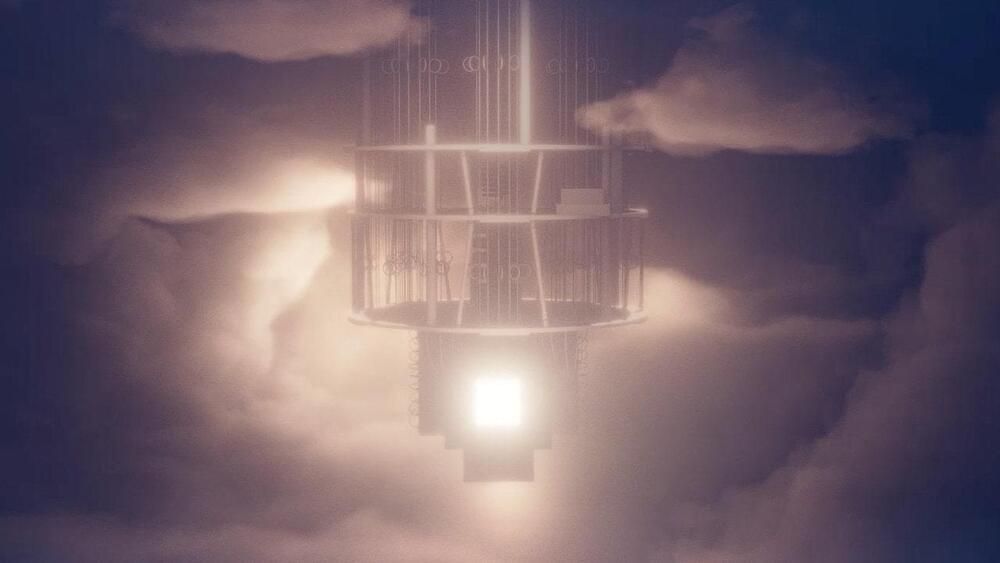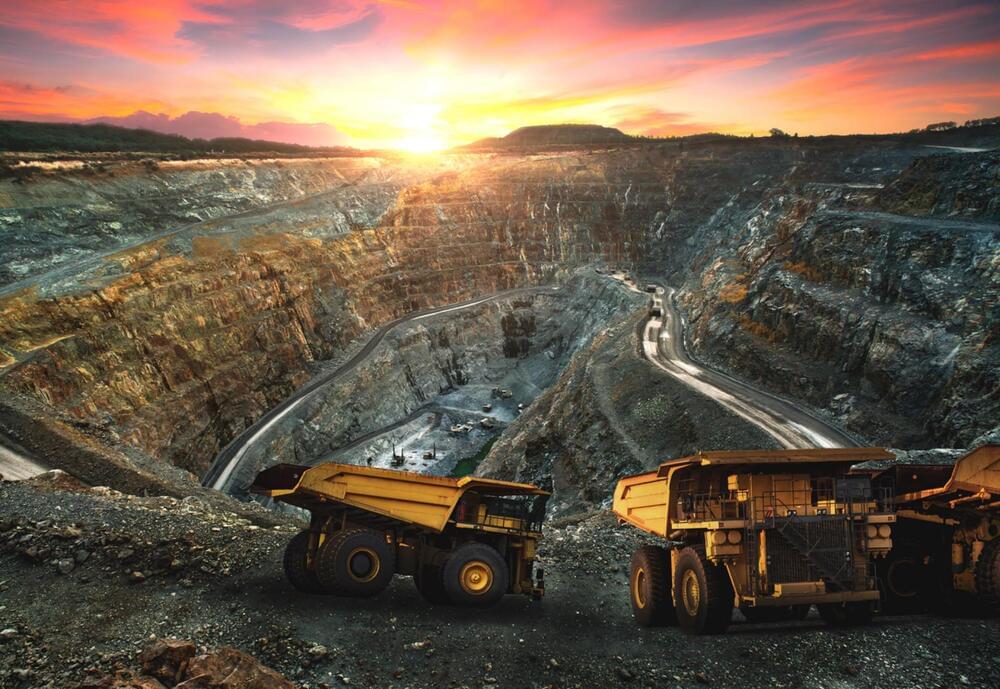Could video streaming be as bad for the climate as driving a car? Calculating Internet’s hidden carbon footprint.
We are used to thinking that going digital means going green. While that is true for some activities — for example, making a video call to the other side of the ocean is better than flying there — the situation is subtler in many other cases. For example, driving a small car to the movie theatre with a friend may have lower carbon emissions than streaming the same movie alone at home.
How do we reach this conclusion? Surprisingly, making these estimates is fairly complicated.
ATHVisions/iStock.
This is remarkable given that we have been able to estimate quite accurately phenomena that are much more complex. In this case, we would only need quantitative information – the electrical energy and the amount of data used – that can be determined with great accuracy. The current situation is not acceptable and should be addressed soon by policymakers.







